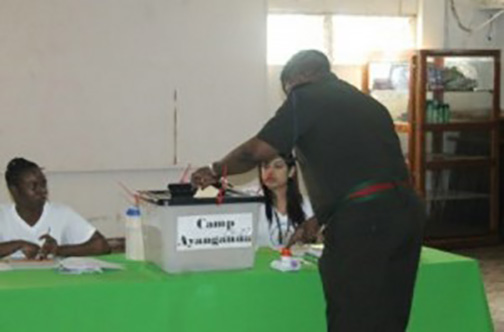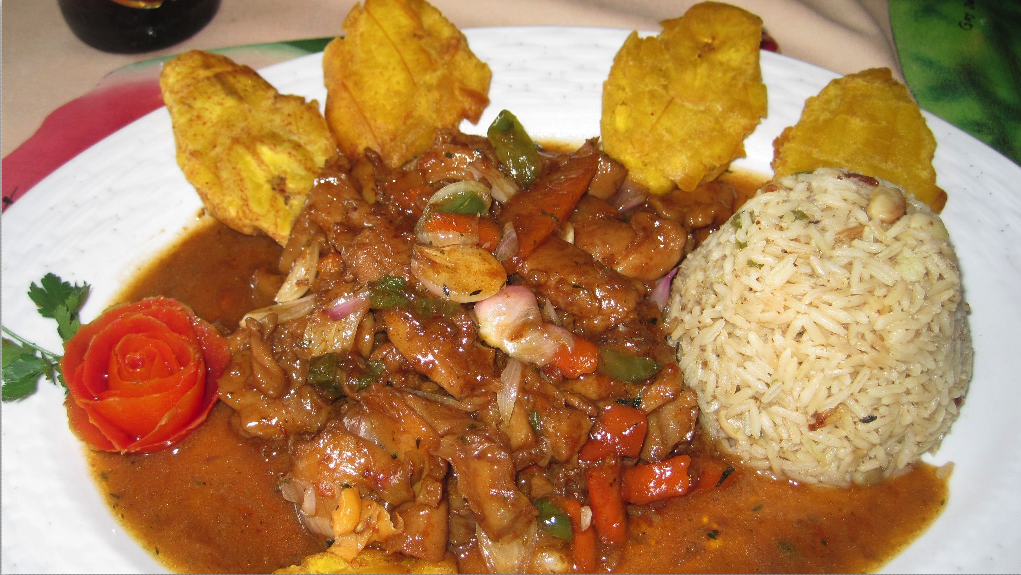News Americas, PHOENIX, Arizona, Tues. Mar. 22, 2016: Many observers, including the government and the opposition People’s Progressive Party, (PPP) in Guyana, framed the recent Local Government Elections (LGE) there as a referendum on the APNU+AFC Coalition’s performance in government.
In many respects, it is a characterization that’s difficult to avoid. Coming mere months after a bitterly fought general election which resulted in a razor thin win for the Coalition, both the government and the opposition wanted that characterization for different reasons.
It was hoped that a good showing by the governing coalition would give it much needed confidence that its stewardship is on track and that it enjoys the validation, at least, of its constituency. For the opposition PPP, a good performance would satisfy the party that its loss of the general election represents a temporary setback and that its constituency continues to reject the Coalition.
In the end, the LGE and the results which have so far been made available, tell us very little, if anything, about the electorate’s feelings about the Coalition’s tenure in office. So as it turned out, the elections were not a referendum on the government. Rather they tell us more about the general state of politics in the country, including the attitude of the general populace – it was a referendum on our general political condition.
Low Voter Turnout
Perhaps the most revealing outcome of the election was the low voter turnout. From all accounts, it seems to have been below 50 percent. But, there is constancy in those numbers. The turnout at the last LGE, which was held in 1994, was 47.91 percent; in Georgetown it was 33.37 percent. That LGE was held two years after the historic 1992 general election when the voter turnout was 81 percent. We, therefore, saw a 33 percent decline at the LGE. The turnout at the general election last year was 72.19 percent. It’s worth noting here that the turnout in the two previous elections were also relatively low – in 2011 was 72.89 percent and in 2006 it was 68.82 percent. This represented a big decline from 91.73 percent in 2001. So if the final turnout in the just completed LGE is in the 40-50% range, it would represent as large a decline from the general elections numbers as 23 years ago.
What does this say about our politics? Many have blamed the low turnout on Friday on a lack of voter education and or voter disinterest. I think the latter is closer to the truth. But we have to explain why the steep decline in interest a mere 10 months after the general election. I think it has to do with the inability of political parties, in and out of office, to politically engage citizens beyond asking for votes or partisan political abuse. Until political parties engage the people in meaningful ways and do so regularly, we will continue to see some energy at general elections and very little afterwards.
Although the governing parties have more to lose, all political parties are guilty in this regard. The current government, despite some efforts at community outreach, has not done itself enough justice. Why it does not go into the communities and talk to the people about sugar, wages, education, the budget, health etc. is beyond me. If you do that kind of public engagement often and systematically, there is no need for voter education when elections come around. People want to see and touch and feel and hear their leaders beyond big rallies to get them to vote. In the final analysis, low voter turnout is a severe rebuke of political parties and their leaderships.
Little Space for Independents
The second lesson of the recent LGE’s is that despite voter disinterest, those who bother to vote are motivated by the parties. One cannot fault the Independent groups and individuals for trying. But when it comes to elections, Guyana is simply not ready at this juncture for any challenge to the political party. Independent thought and action are appreciated once they are not tied to elections. Mark Benschop has learned that the hard way. There is simply not a large enough constituency for that kind of politics in the electoral arena.
This raises anew the question of whether the parties should be disallowed from contesting LGE’s. My own view is that even if they are disallowed, they will still influence the process behind the scene. I, therefore, favor a mixed system whereby the parties contest only the PR portion of the election and leave representation of the constituencies to the Independents.
Ethnic Voting Patterns
The third lesson is that the LGE showed no swing away from the traditional ethnic voting patterns. In that regard these elections were a mere extension of the general elections. Mr. Jagdeo was brutally honest when he said that the PPP first line of action is to secure its East Indian base. While he did not say it, he must know that not very far behind that is the need to ensure that there is no challenge to the party in that ethnic constituency. It is instructive that there were no independent challengers to the PPP there, a fact that was noted weeks ago by Indian Rights commentator Rayaan Shah.
That there were multiple challenges to the APNU in the African Guyanese constituency is healthy. It is, however, not new. From the 1950s to the present the dominant African Guyanese party has always had to confront Independent challenges both electorally and non-electorally. I have always felt that this has enriched the politics even as it leads to bitterness and hatred of the Independents by the hardliners of the dominant party.
The debate over the Walter Rodney COI is a classic example of this duality – the richness and bitterness of Independent challenges in the context of Ethnic rivalry. When all is said and done, Rodney the scholar is appreciated even by his political detractors, but Rodney, the Black Man who dared to challenge the Black Government and Leader is summarily vilified. Benschop and others hopefully have learned this truism – they love Benschop’s bravery, philanthropy and charisma but not when he challenges the party.











